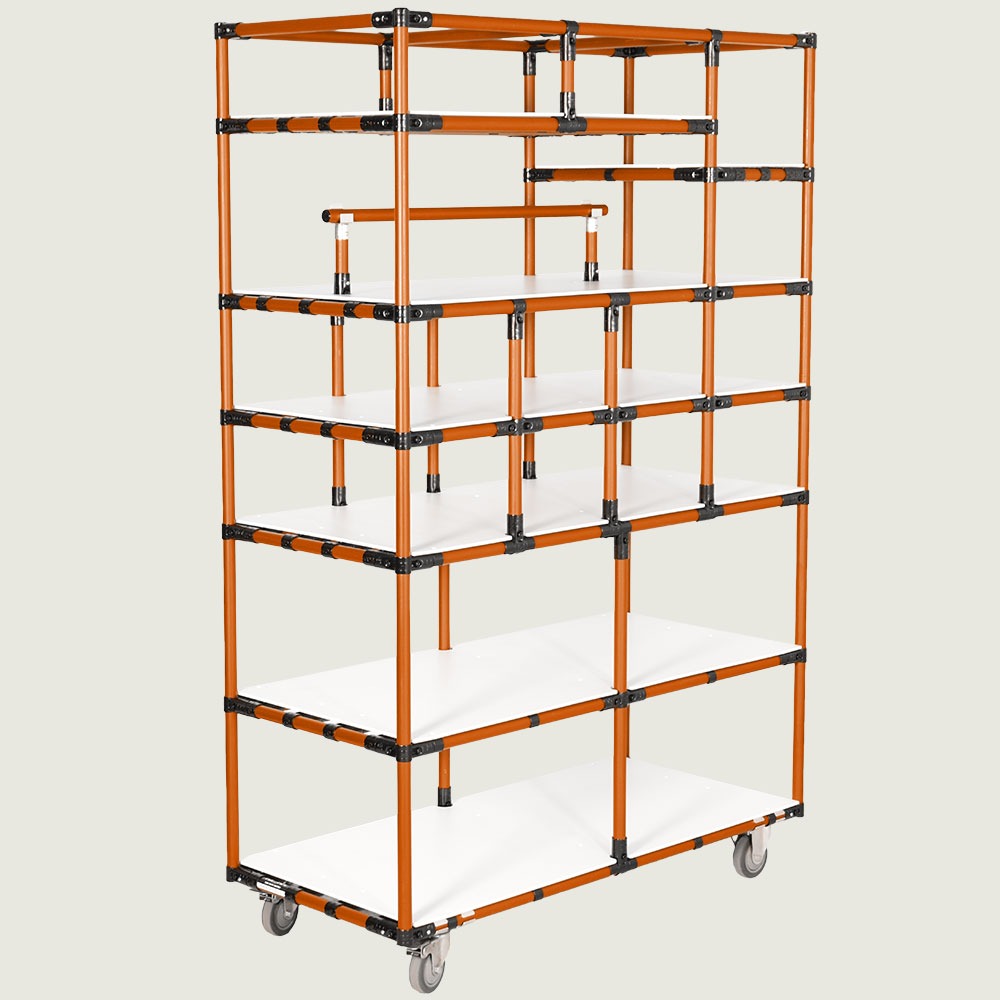
Structure
RACKS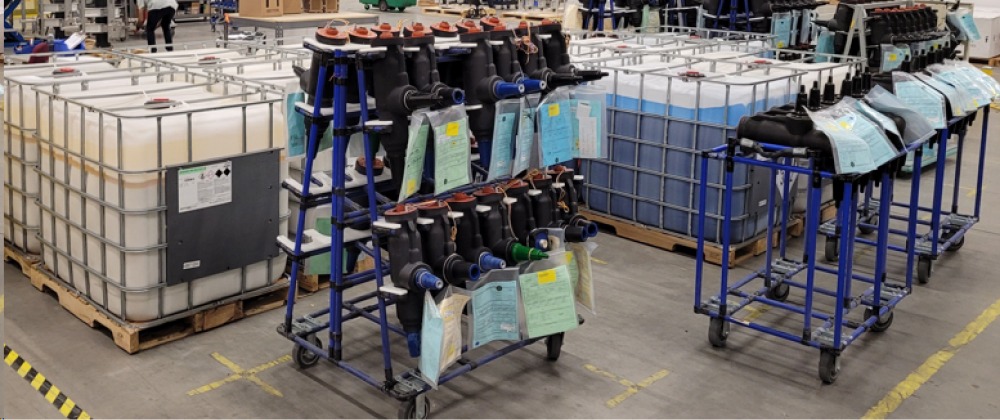
Structure
CARTS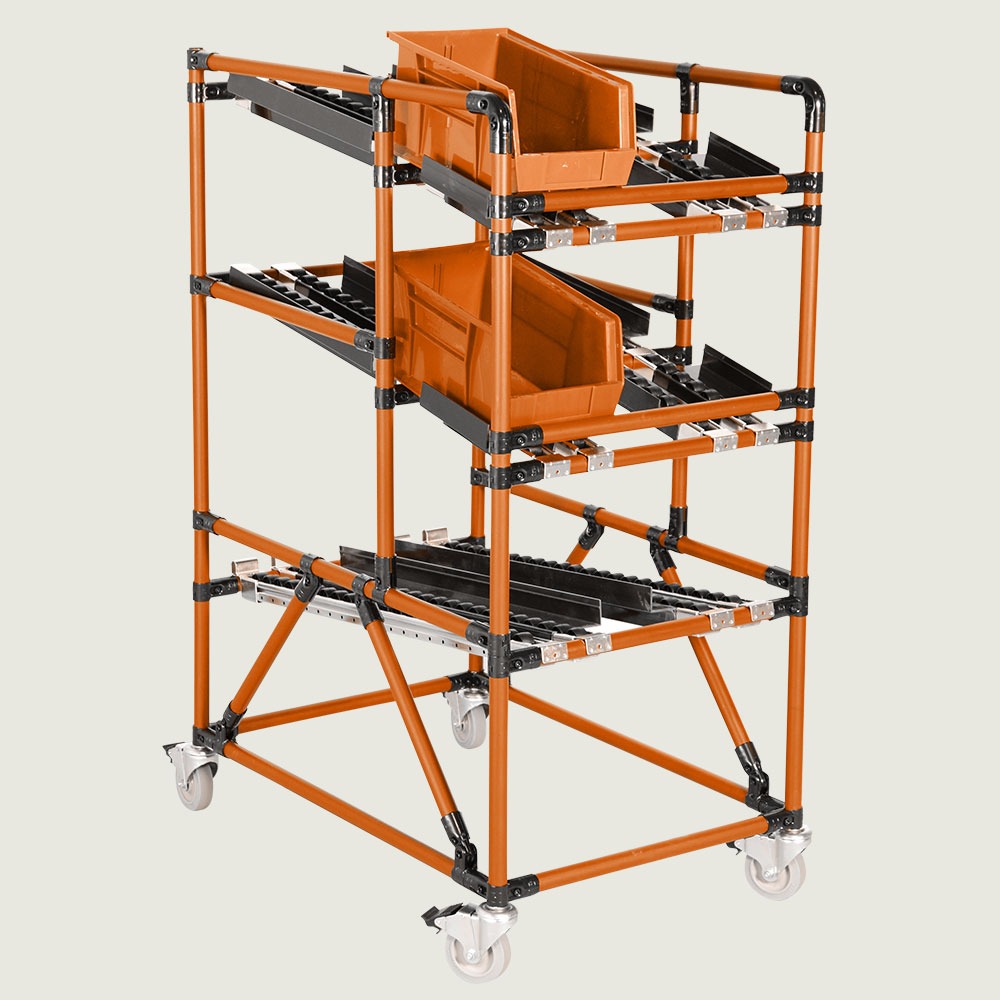
Structure
FLOW RACKSWorking cells and workstations are critical to production floor operations. It is therefore important that your workstations regularly be improved upon and personalized to fit workers’ needs. From their work tables, workers can best identify which adjustments could enhance their overall efficiency as they’re the ones who use them, day in day out. When using modular workstations, such changes can be made in no time at all.
Read on for the description of the five most common types of industrial workstations used by our customers—and Flexpipe employees!
Custom-made workstations allow you to limit the workspace surface to only what is necessary. Did you know that a larger working surface does not always translate to increased productivity? In fact, small industrial desks encourage problem-solving and proper tool storage. Such types of limited surface also make 5S audits easier.
We suggest involving your employees in designing their work tables. Not only does building workstations with a material handling system foster cooperation, but production efficiency will also increase over time and the risk of accidents will decrease. It goes without saying that change management is smoother when workers have a sense of belonging.
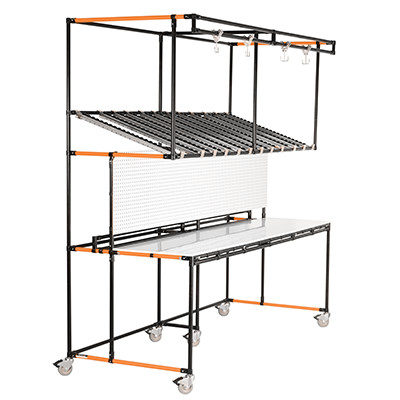
Cellular production is very present in lean manufacturing, the latter being known to boost a production line’s efficiency significantly. In the aerospace industry, for example, U-shaped workstation layouts have reduced customer lead times by up to 90% in certain cases.
Why is this workstation layout so efficient? The reason is that the product can move quickly from one operation to another, where the same worker can often carry out multiple operations by themselves. U-cell stations condense operations, reduce floor space, reduce transport time from station to station, limit unnecessary steps, and minimize reach distances.
Keep in mind that U-cell stations are not a product you can buy off-the-shelf. Flexpipe’s pipe and joint systems are handy when creating custom-made industrial workstations.
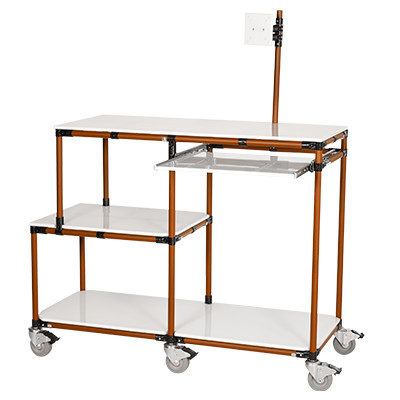
Standing workstations are all about making workers more comfortable and able to work in an ergonomic environment. Studies prove that stand-up work reduces stress, injuries and increases productivity. These structures are widely used in manufacturing industries and are now becoming more popular in offices.
Flexpipe allows you to build stand-up stations at the right height complete with the features you need. These structures are adjustable, portable, adaptable and cost-effective compared to a prefabricated stand-up workstation.
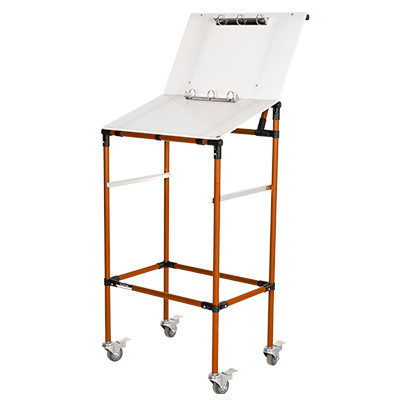
Work center structures are centralized hubs for workers to access work instructions and KPI information. These stations should regroup information about similar operations by cost or activity type. The advantage of this structure is that workers save time as they do not have to walk a long distance to get information about an operation; it is available nearby.
We recommend placing work centers as close as possible to an operations sector to ensure maximum efficiency.
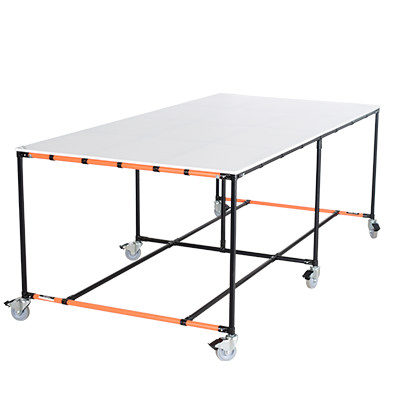
The worktable can be a simple shop table for assembly work. However, a material handling system such as Flexpipe lets you create a working table adapted to employee needs. These structures are your typical workstation, but you can easily change them.
The table is the central piece of the structure, and you can add many other modules such as custom shelves, tool storage units or shadow boards at any time.
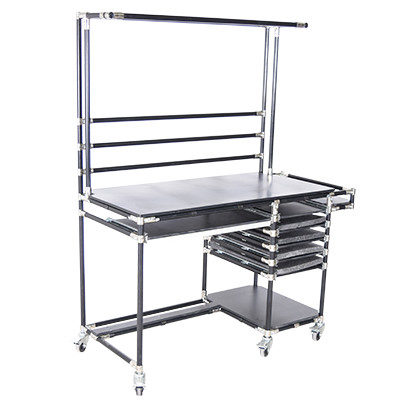
ESD stands for Electrostatic Dissipative, so an ESD workstation is any station that must have anti-static characteristics. It is mainly useful for manufacturers dealing with electronic and electric components. Building an ESD structure isn’t more complicated or far more expensive. However, it is important that all parts chosen are ESD to ensure the safety of your electronic components.
To build ESD workstations with Flexpipe, you’ll need to use the nickel-plated joints with the black or the stainless steel pipes. We recommend that you make sure that the wheels and the accessories are also anti-static or come in an ESD version. You can verify this information in the spec sheet of every Flexpipe product, or you can ask a Flexpipe project manager to help you with your product selection.